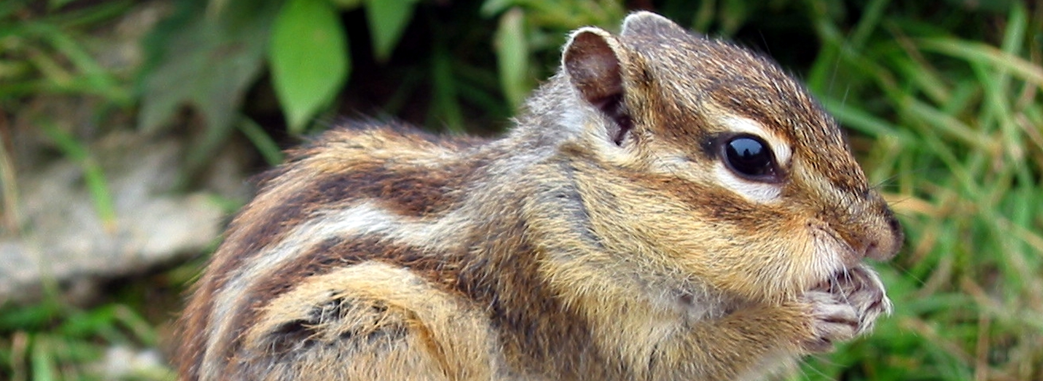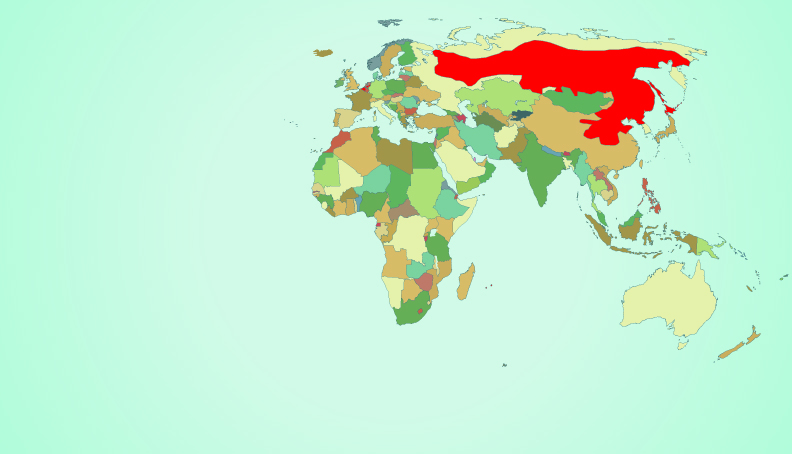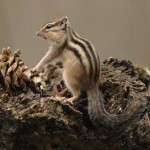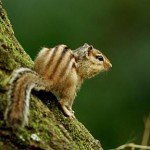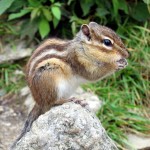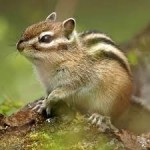Siberian Chipmunk
Tamias sibiricus
Habitats: It likes woodland habitats with thick bushy vegetation.
Threats: In Mongolia, hunting for the international trade in skins once occurred at high levels. Between1958 – 1960 it was estimated that 4,400 were killed every year. Cats, and birds are the main predators of the Siberian chipmunk.
Food: Siberian chipmunks are omnivores feeding on seeds, nuts, vegetables, insects, small birds, berries, and small animals. Food is stuffed into their large cheek pouches and carried back to store in their dens. Lots of food is gathered and placed in their burrows at the beginning of autumn to store for the winter.
Information: Chipmunks build and live in complex burrows which have several entrances, tunnels and chambers for sleeping which are kept very clean. Shells and faeces are stored in refuse tunnels. Sleeping areas are enlarged and filled with shredded leaves to make a comfortable bed. Food is normally stored in the lowest tunnels, to keep it cool and fresh.

